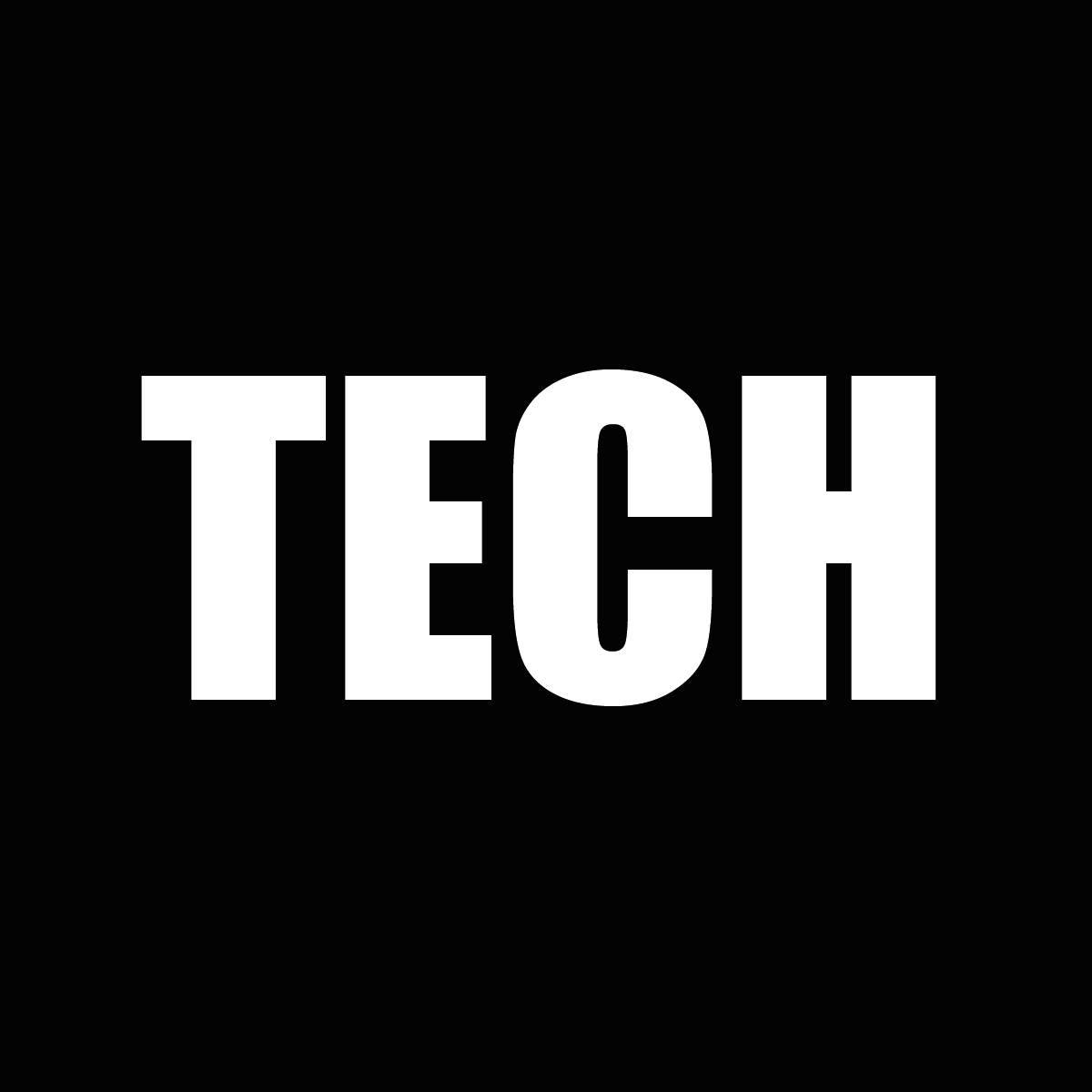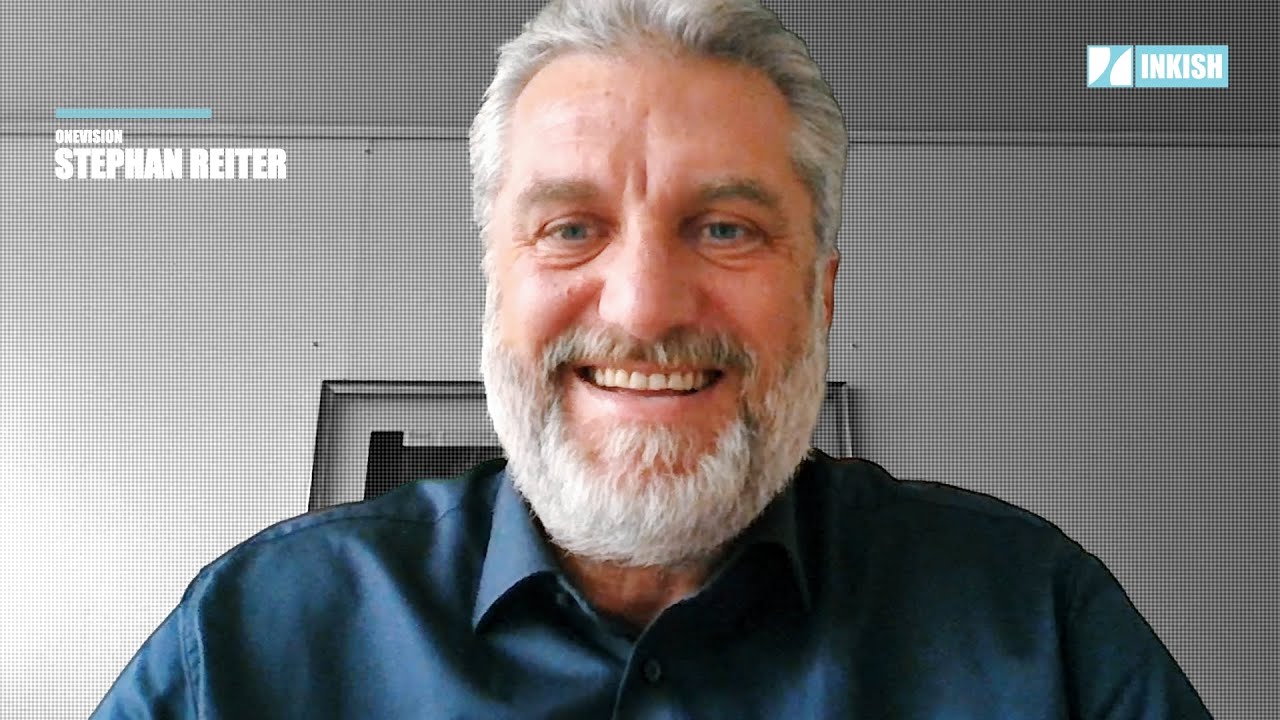Most people don’t even consider what happens when a computer is turned on. First, the BIOS gets started, the hard drives, the screen drivers, the operating system and this happens if not instant then seamlessly with many hours of work behind it. In the printing industry, we work towards standards that enable us to deliver better quality, higher output, higher consistency, and easier exchange of data between the processes.
We know this happens, but most people probably don’t even think about who makes this happen and how it’s done.
CIP4 is the community that makes this happen, and a couple of times a year the engineers from vendors and printers meet at different locations in the world to test, to define, to develop the standard that we are all depending on – namely CIP3, CIP4, JDF, and XJDF.
We got the chance to participate at the recent Inter-OP in Copenhagen and got the opportunity to speak to CTO Rainer Prosi who represents both CIP4 as well as Heidelberg. Enjoy!
CIP4 is an organization that defines standards for the printing industry such as JDF, XJDF, and PrintTalk. Those are our three big ones, and also some auxiliary documents that go with them, which we call ICS’s, so Interoperability Conformance Specifications. The idea is standardization and automation of the printing industry.
InterOp, so it’s an interoperability testing and also a discussion event. It’s two parts. The first part is real testings. I call it the Land Party, where the geeks sit together and actually test all the software so that we do it here and not at our customer’s place, which is of course obviously much better. And the second half, which will start this afternoon, we talk about technology ideas, so what the future of the specifications is going to be.
Well, most members are vendors, so vendors in the pre-press area and the post-press area, press vendors, digital press vendors. So they have devices or software that should be communicating not just with their own software, but with everybody else’s software. That’s the advantage for these vendors to be here together. And then we also have a few printers, that are mainly large printers that want to design their own workflows, and they use the same standards that we design.
CIP3 in the ’90s was mainly for offset machines, that is correct. But now we … Actually, since the year 2000, when we created CIP4 or JDF, we’ve been thinking of not just the offset machines, but also post-press and pre-press.
Essentially, there will be an MIS vendor who will send to some consumer of that job ticket. He will send a job ticket, and this he will check, “Okay, here are the interesting things that we want to see that are in there. Are the amounts correct? Are the dates correct? Are the device IDs correct?” And then we will check in the respective consumer software, whether that came there. And then another one would be, they will resend the whole thing to see if any changes actually also get administered or get applied correctly. Other changes are, well, we have images, so did the PDFs arrive correctly? And then if that is in position, do all the pages, do they align correctly? And so on and so on. It’s really just looking at the various user interfaces of the products, and then comparing whether what the sender expects, is actually what the receiver gets.
We have had a lot of success. We’ve been more people than I had anticipated, so it’s been a very busy InterOp. And we found bugs, unfortunately, yeah, but that’s exactly why we do this, because it’s better to find them here, as I said, than at the customer’s. And yeah, it’s been a very successful InterOp up to now.
We tend to refer to it as coopertition, so there are obviously areas where we should not be working together. So we never discuss anything related to prices, money, or anything like that, because we’re developers, we don’t care. It’s none of our business. But then there’s other, let’s say, places where we are actually competing and then, let’s say, how we do things internally. We typically don’t discuss that either, because that’s our intellectual property. But when it then comes to, “Okay, and now we need to make sure that the way an MIS communicates, say, with Kernick and Boa and Heidelberg, so the press vendors is the same. We actually discuss, “Okay, we will use the same interface so that you don’t have to do things differently depending on the type of press you have,” which of course would make little sense for the users. And yes, we are friends, that’s correct.
So we do have some, let’s say informal context to Barrend and his group, and we are working on online print standards. So there is an ICS and interoperability conformance specification for print procurement, which is being worked on. And the PrintTalk system or standard is exactly designed for online print essentially. So it’s defining not only the product, but also defining the business relation. How much should it cost? And here’s the invoice, was it paid with credit card? That kind of stuff, which does not belong into a job ticket. So yes, we are working on that. And I think in terms of the technology that we have, we’re much further than the online print symposium, which is more of a marketing, and let’s say, an area where they gather ideas rather than really going into the bits and bytes of the XML that is going to be exchanged.
And this is bits and bytes, right?
This is definitely what… CIP4 is bits and bytes.



























